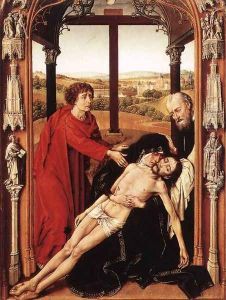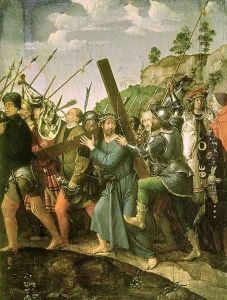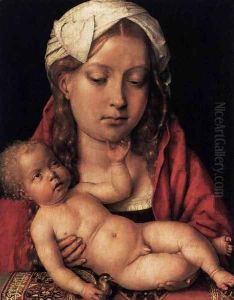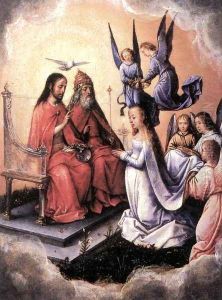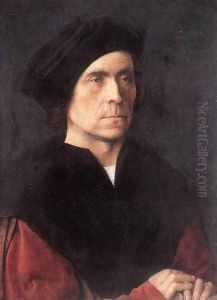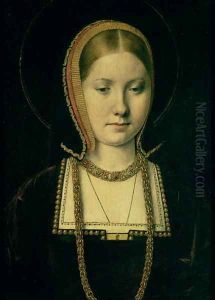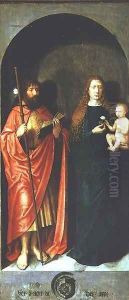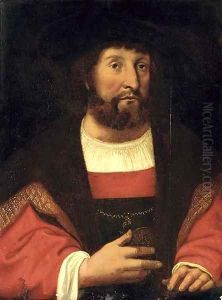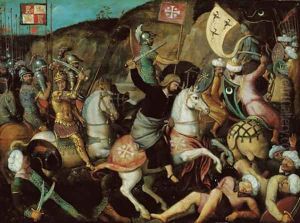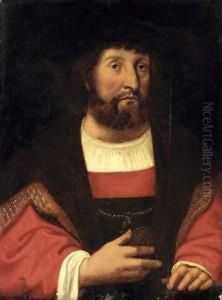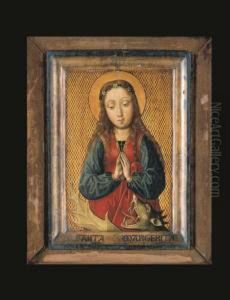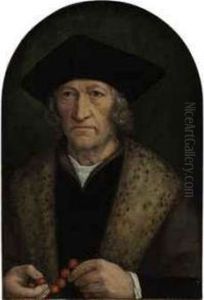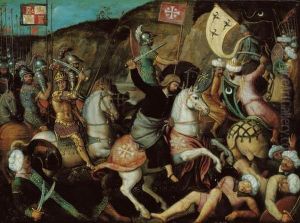Michel Sittow Paintings
Michel Sittow, born around 1469 in Reval (today known as Tallinn, Estonia), was a distinguished Northern Renaissance painter. He is considered one of the most notable artists from Estonia during this period. Sittow was born into a family of artisans; his father, Clawes van der Sittow, was a well-respected painter and woodcarver, which likely influenced Michel's early exposure to the arts.
Sittow's journey into the echelons of European art began with his move to Bruges, where he became a pupil of the famed Hans Memling, a leading Flemish painter of the time. This apprenticeship was crucial in shaping his style, which combined the detailed realism characteristic of the Flemish school with an elegant and refined approach to composition and color.
After completing his training, Sittow traveled extensively across Europe, working for various high-profile clients. By the late 1490s, he had entered the service of Isabella of Castile in Spain, becoming one of her favored court painters. During this period, he produced some of his most celebrated works, including portraits of the queen and religious subjects, showcasing his remarkable skill in rendering delicate facial features and intricate textures.
Following Isabella's death in 1504, Sittow continued to work for the Habsburgs and other European nobility, including in the Netherlands and Denmark. Despite his success and the high demand for his work, few details about his personal life are known, and only a small number of paintings have been securely attributed to him. This scarcity of information has contributed to his somewhat enigmatic reputation in art history.
Michel Sittow's legacy is marked by his unique blend of Northern European realism and the emerging Renaissance sensibility towards humanism and naturalism. He died in 1525 in Reval, leaving behind a body of work that, although limited, continues to be admired for its technical mastery and emotional depth. His contributions have placed him among the ranks of the most influential and talented painters of the Northern Renaissance, celebrated for bridging the stylistic worlds of the Flemish tradition and the broader European Renaissance movement.
